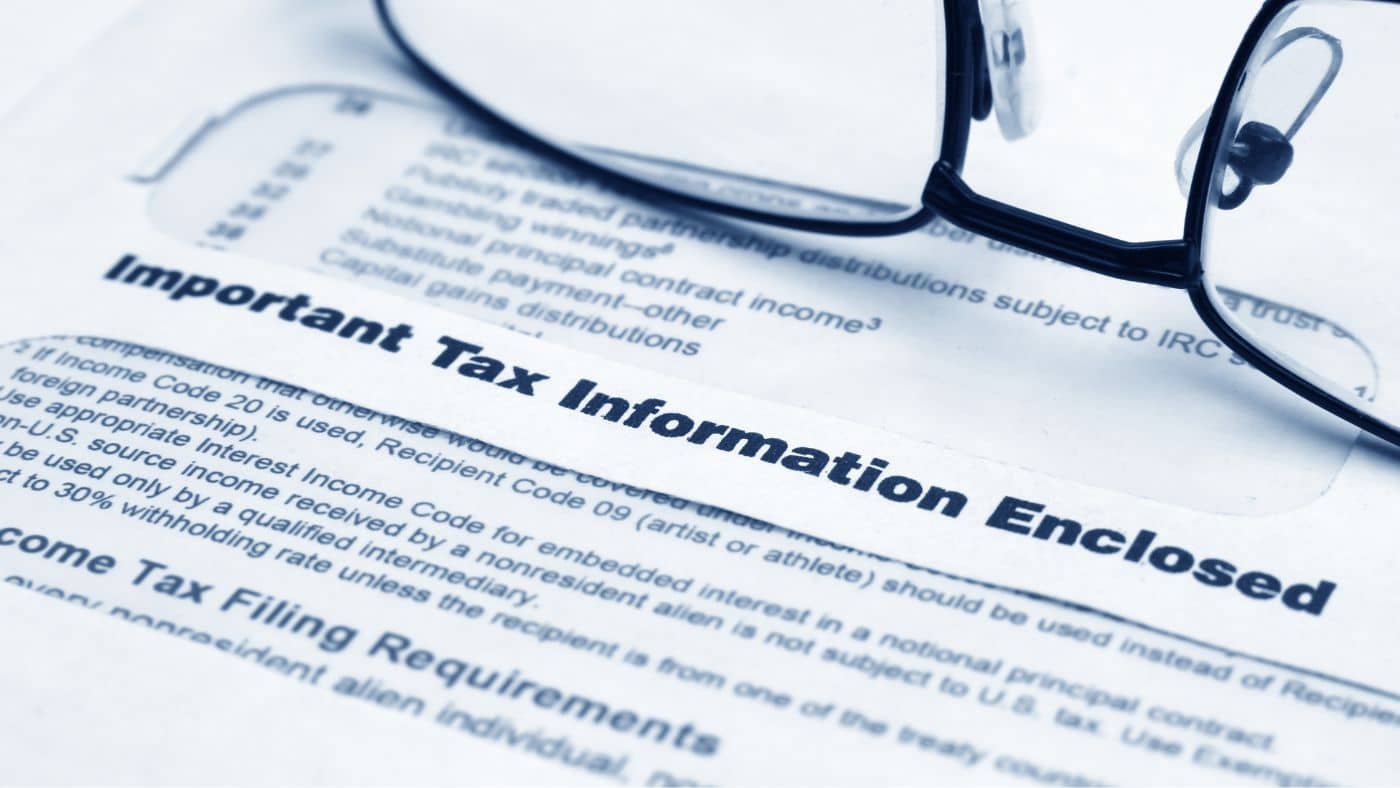If you've inherited a retirement account or are planning your estate, recent changes to IRS rules on Required Minimum Distributions (RMDs) could significantly impact your financial strategy. The IRS and the Treasury Department recently finalized regulations clarifying how these rules apply, particularly concerning the 10-year drawdown rule introduced by the Setting Every Community Up for Retirement Enhancement (SECURE) Act of 2019.
Here's what you need to know to navigate these changes effectively.
The 10-Year Rule Explained
For non-spouse beneficiaries inheriting retirement accounts, the 10-year rule mandates that all funds must be withdrawn within ten years of the original account holder's death. This rule aims to prevent tax-deferred accounts from growing indefinitely across generations.
A key point of confusion has been whether beneficiaries must take annual withdrawals during this period or if they can wait until the end of the decade to empty the account. The final regulations clarify that if the original account holder had already started taking RMDs, beneficiaries must continue these annual withdrawals. If RMDs had not yet begun, beneficiaries have more flexibility and are only required to empty the account by the end of the ten years.
Strategic Implications for Withdrawals
This distinction is crucial for managing tax implications. Spreading out withdrawals over the 10-year period can help manage income levels and potentially keep you in a lower tax bracket. Delaying withdrawals to the later years could lead to a more significant tax hit, as large distributions might push you into a higher tax bracket.
For those inheriting accounts where RMDs had not started, the flexibility to choose the timing of withdrawals offers an opportunity to plan strategically, possibly taking advantage of years with lower income to minimize taxes.
RMD Nuances for Retirement Plans
The new rules also touch on other types of retirement plans, like 457 and 403(b) accounts. The concept of “Applicable Age” has been introduced, which affects when RMDs begin, particularly relevant as the starting age for RMDs is set to increase to 75 for those born in 1960 or later. This could influence decisions on whether to roll over workplace retirement plans into IRAs, depending on your retirement and estate planning goals.
A notable point for Roth-style inherited accounts: if even a small portion of your inherited retirement plan balance includes traditional 401(k) funds, this could trigger RMDs for the entire balance, including Roth funds, which are usually not subject to RMDs. This “tainting” effect means that mixed account types should be carefully managed to avoid unexpected withdrawals.
Managing Beneficiary Distributions
For beneficiaries inheriting accounts, the final regulations offer some flexibility. The year-of-death RMD can be taken by any beneficiary or beneficiaries in any amount, as long as the total required amount is met. This can allow for more tailored tax planning and withdrawal strategies.
Moreover, trusts named as beneficiaries can now benefit from separate account rules, provided they are properly structured. This change simplifies estate planning and the distribution process, potentially making it easier to manage inherited assets.
Planning Ahead
These new regulations bring significant changes and complexities to how inherited retirement accounts are managed. If you are a beneficiary or planning your estate, now is the time to review your strategy and make any necessary adjustments. Understanding these rules will help you make informed decisions, minimize tax liabilities, and optimize your financial planning.
For those navigating these new rules, consider consulting a financial advisor to explore how these changes affect your specific situation. Whether it's managing an inheritance or planning for future beneficiaries, staying informed and proactive will ensure you can maximize the benefits of your retirement accounts.
If you have any questions or need further guidance, don't hesitate to reach out. We're here to help you make the most of your financial planning opportunities in light of these new regulations.
What questions do you have about required minimum distributions and retirement planning?





